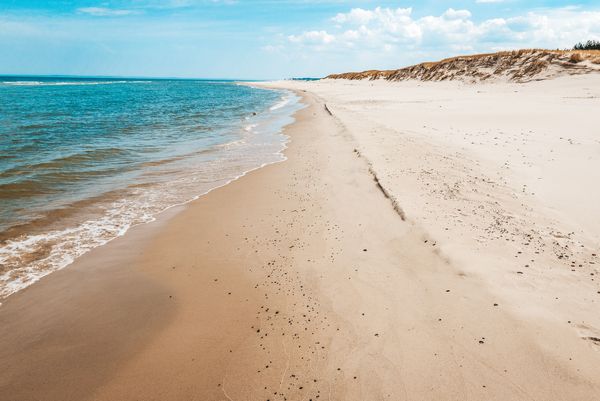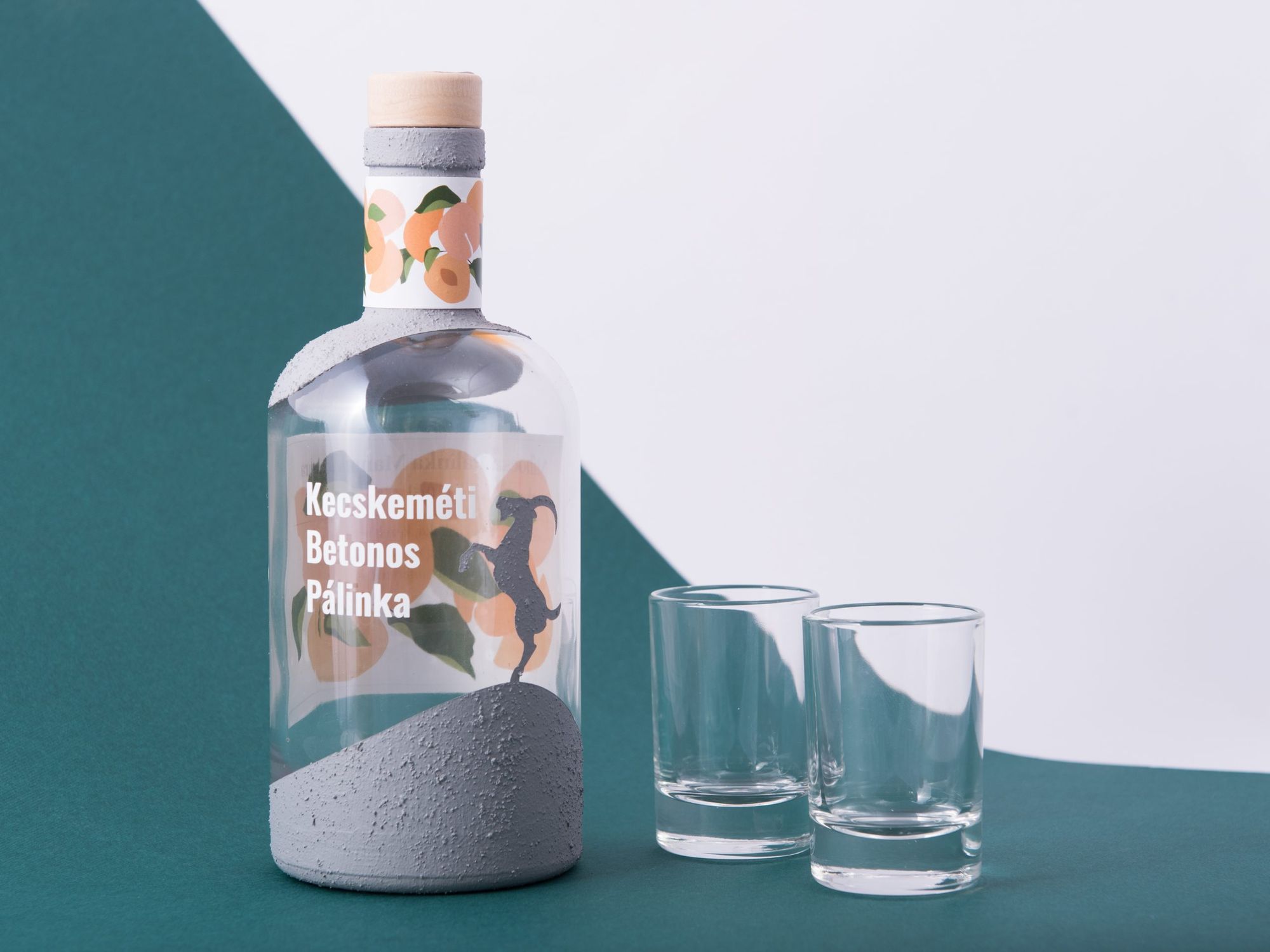She has been experimenting with new materials, launched a zero-waste Facebook group, and is currently designing plant potting systems for a company developing green walls: Anita Boldog, the founder of the brand AB Concrete Design, creating custom-made concrete objects, has not been idle even in the midst of coronavirus changes. The designer talks openly about how she and her business survived the vicissitudes of the pandemic.
It’s now been more than a year that we are forced to live together with the changes caused by the pandemic. How has the coronavirus affected your business?
This might sound strange, but last year’s events have greatly helped me to develop AB Concrete Design according to my long-cherished plans. I made sure to go out as rarely as possible, so I was forced to organize everything smarter and more efficiently. Workshop tasks were completely eliminated from my life, and at last, I could work as a designer only for the most part. I only went to the workshop to experiment with materials and test things out; I experimented with completely new things—colors, material mixtures and technologies. I consider these innovations to be particularly important, since the brand’s selection can only be updated through these in the coming years.
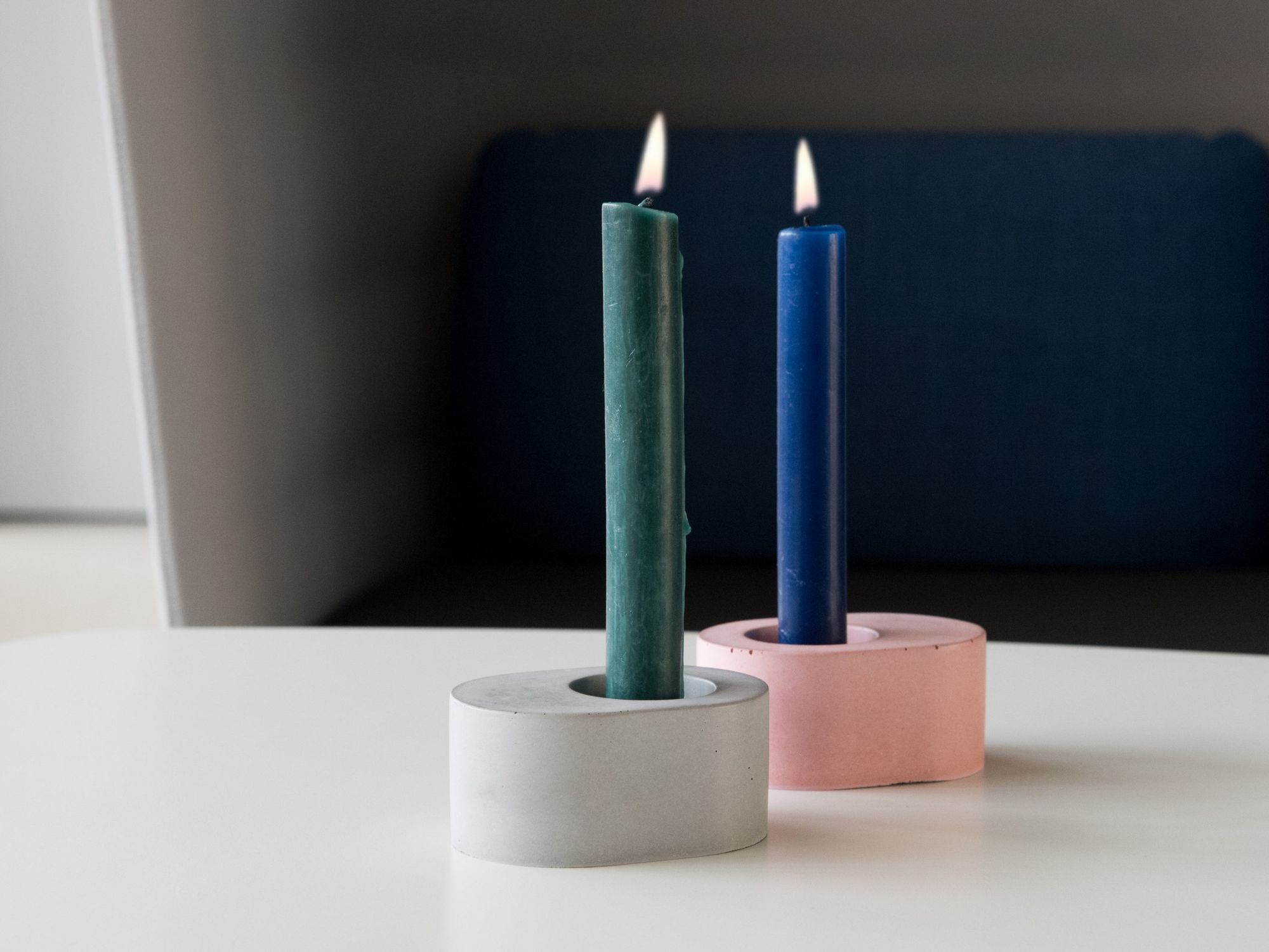
A positive effect is that—although we worked on roughly the same amount of orders this year as the year before—I freed up a lot of my time by delegating tasks. I was finally able to relax after several years of grinding, and I realized that there are more and more processes in the business that are going well without me. This is the best possible feedback for a brand that’s almost ten years old.
In my free time, I spend a lot of time organizing and tidying up my living space: I renovated some of the rooms in my apartment, rearranged the spaces to fit the new working arrangements, and over time, my home somehow gained a completely different function, and became a real home. I have developed a much more livable rhythm of life, which I’m now devoted to, so once life returns to its pre-pandemic state, I will still maintain my new habits, daily routine and weekly workload.
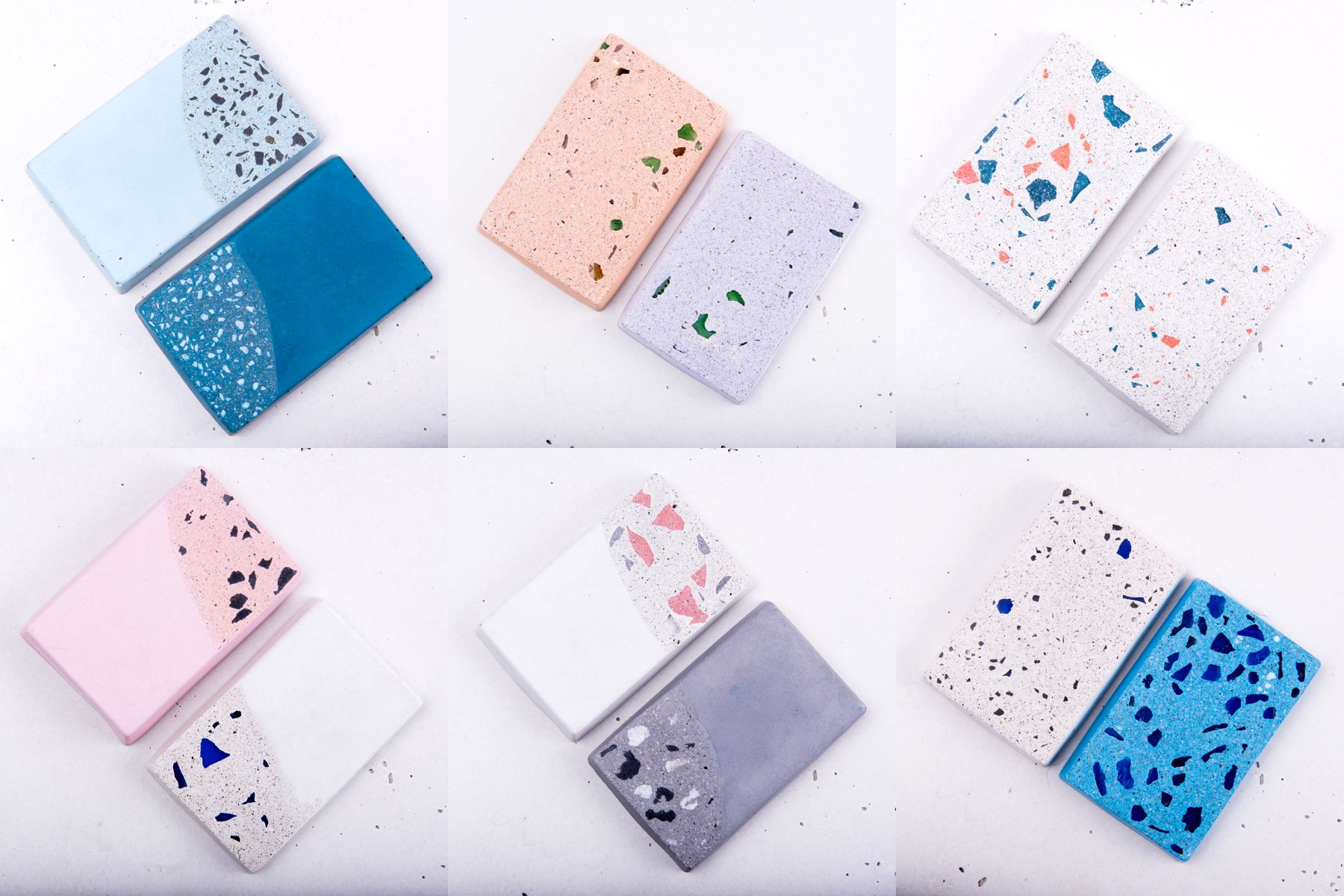
If you’ve learned something from the pandemic, what was it?
In the first few months, my climate anxiety intensified. I contemplated a lot on how I would solve things in my daily life if the troubles grew—stricter lockdowns, less room to move. Partly this is why I began building a community in my area by starting a zero-waste Facebook group for the district, which has since grown into quite a nice community. We often swap used stuff, food, homemade cosmetics, share zero-waste and sustainable tips and tricks, and we’ve also managed to organize a larger garbage collection campaign. I’ve also got involved in the affairs of the residential community; new flower gardens were built around the block as a collaboration with the neighborhood. I now also have at least twice as many plants in my apartment, and in the summer, I was able to grow more than ten kinds of edible things on the balcony for myself: herbs and vegetables. Of course, it’s not enough for me to skip going to the market, but it gave me a sense of success in a new field; I could even call it a hobby, for which I wouldn’t have had time with my previous lifestyle.
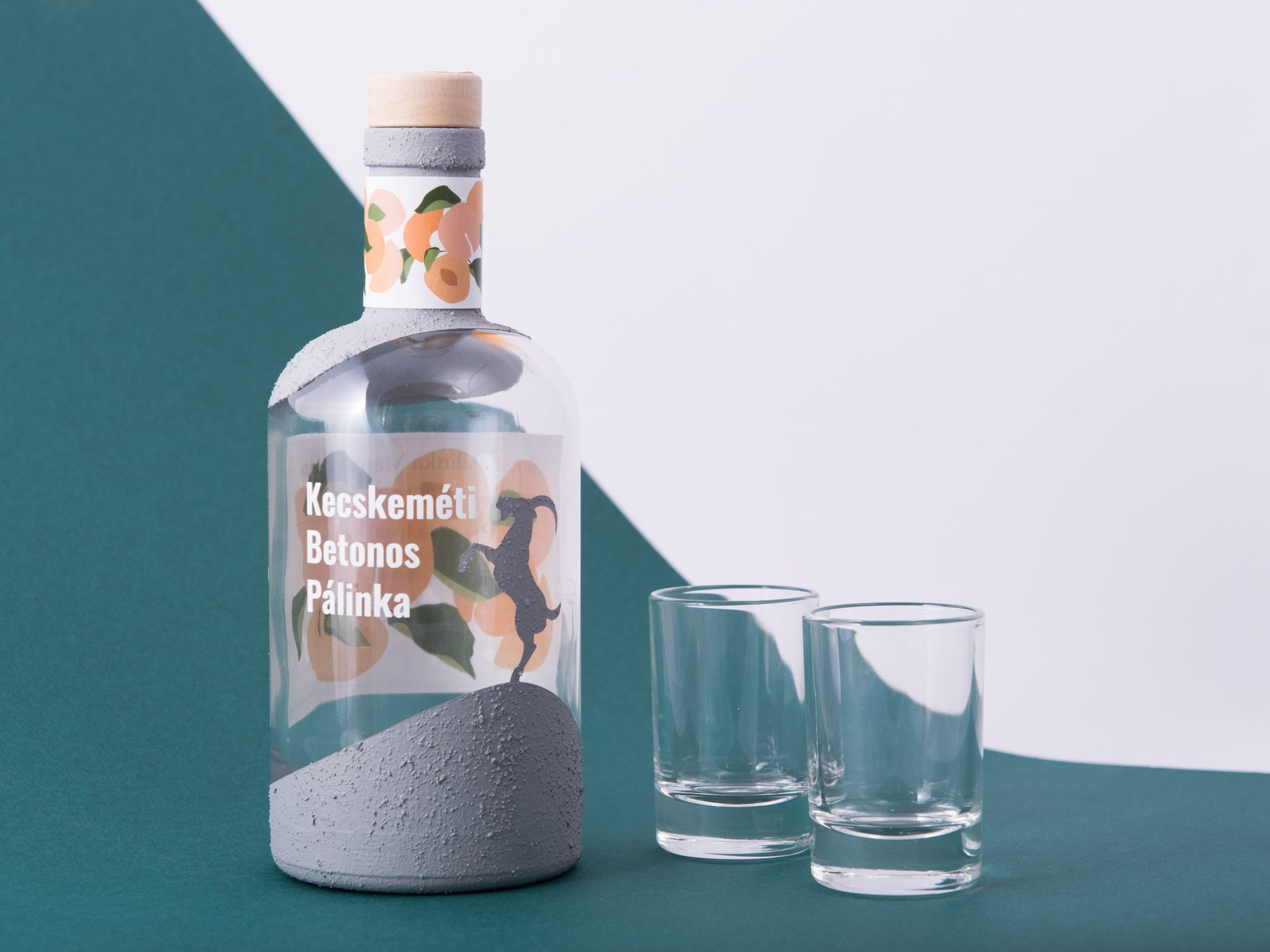
Perhaps the most important event of last year—in a professional sense, but concerning a similar topic—was the beginning of a new, very forward-looking collaboration. Together with biologist Tamás Koltai, the managing director of Grofie, we started brainstorming and later began product development in the field of outdoor and indoor planting, habitat creation and increasing urban green space. Since a few months ago, as part of my working hours, I’ve been strengthening the company’s team as a designer: my job is to design plant potting systems for various projects. Besides this, some larger-scale and forward-looking projects are currently in the pipeline. In addition to these projects presenting new challenges and experiences for me, I also think that there is no topic more important for a designer on the verge of a climate crisis.
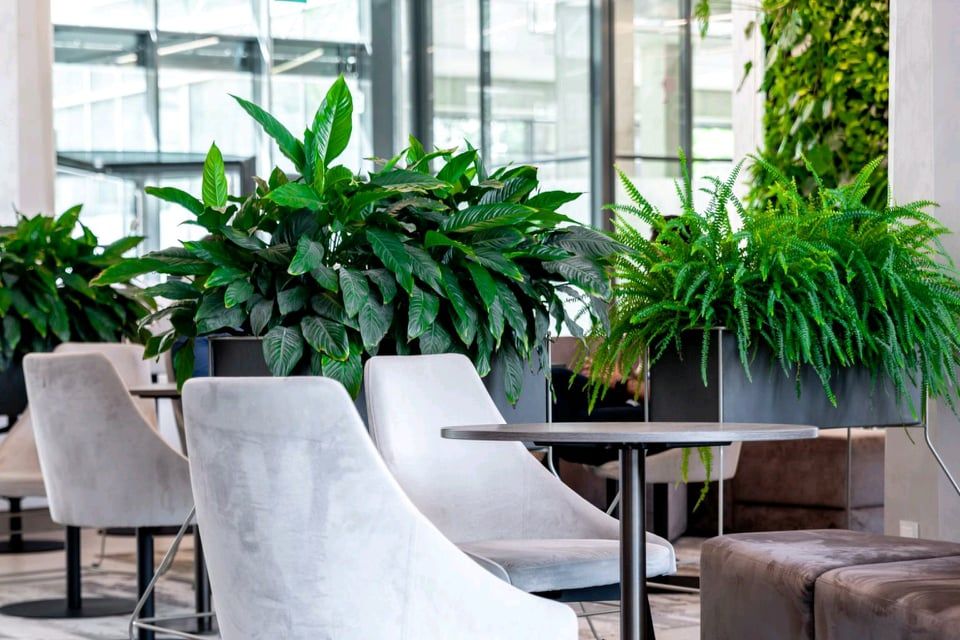
AB Concrete Design | Web | Facebook | Instagram
In our article series “Thanks, corona!”, we turn to Hungarian designers with two questions, and they talk openly about what survival strategy they chose against the virus, when they hit low points, and what gave them the strength to continue.
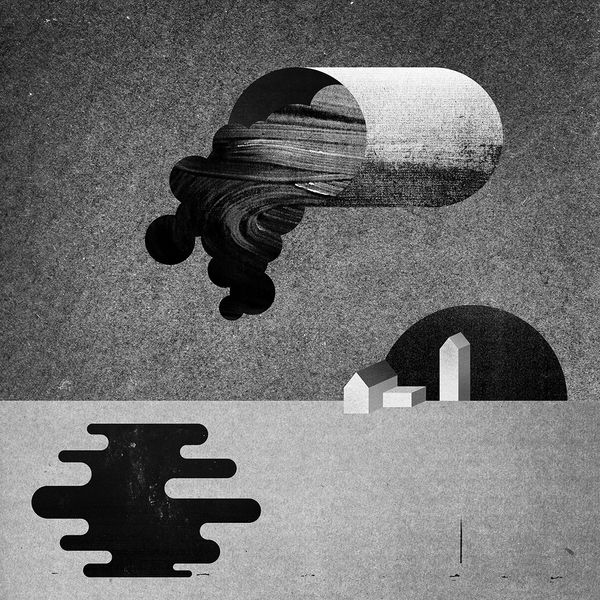
Talking about buildings with pictures | Michał Pecko
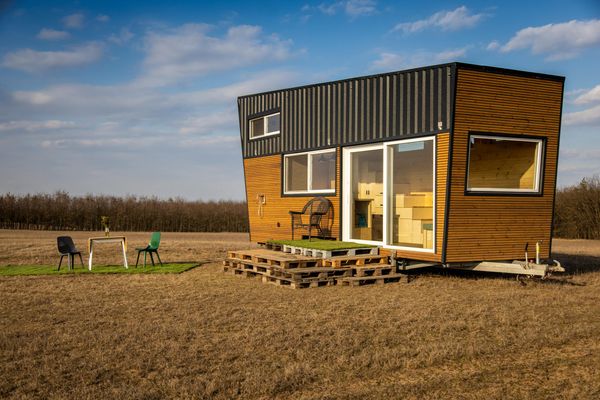
Hungarian-developed Tiny House can even be installed in the middle of the forest
